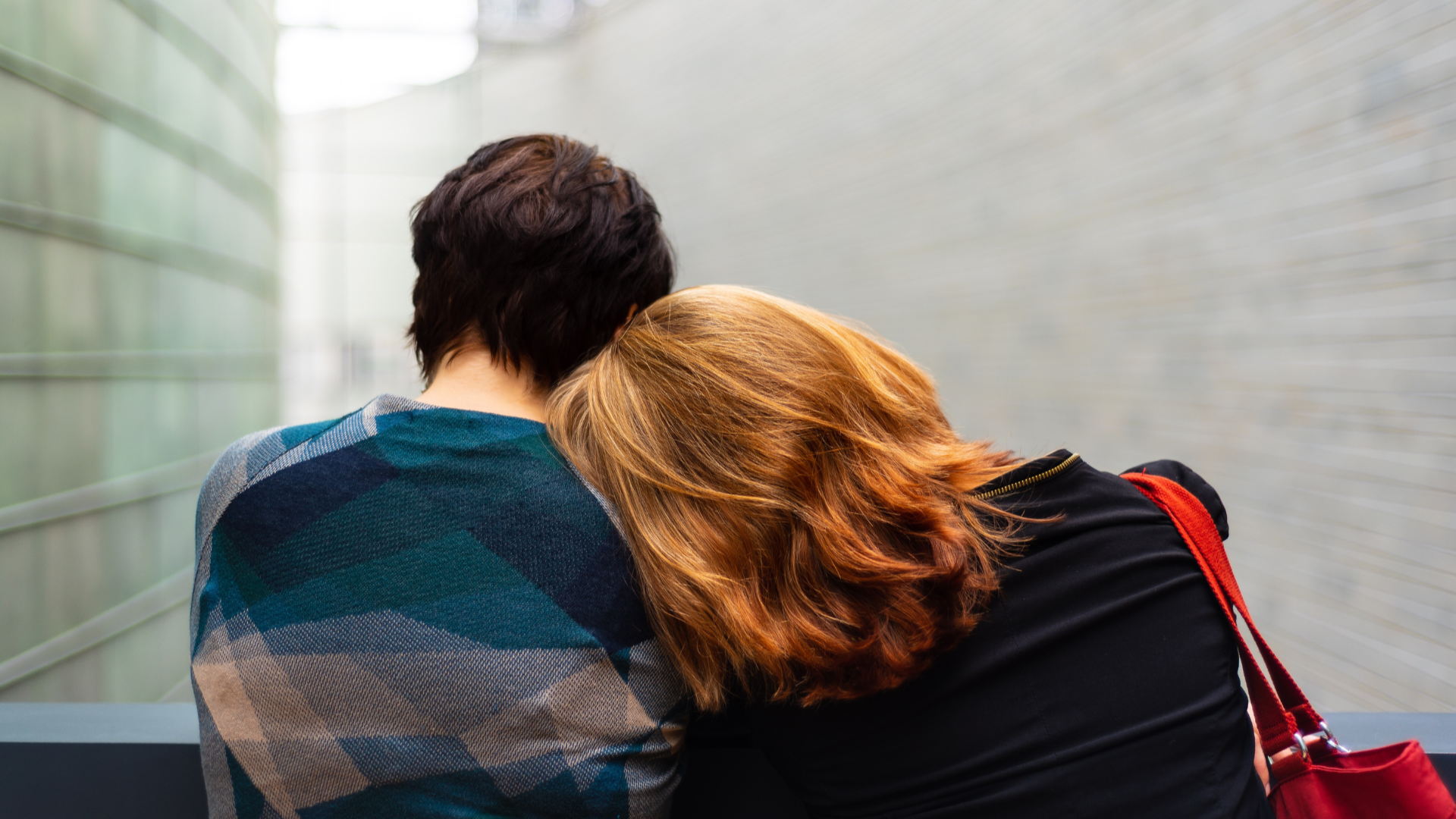
Transcranial Magnetic Stimulation
What is TMS?
Transcranial Magnetic Stimulation, or TMS, is a safe, non-invasive and non-medication treatment that was first FDA approved for Major Depressive disorder in 2009. TMS uses an electrical coil device to create magnetic pulses to stimulate areas of the brain affected by depression. Symptoms of depression can include a profound disturbance of mood, thinking, energy and motivation. These symptoms are thought to be the result of areas of the brain, joined together as a network of brain cell regions, that are firing in a disrupted manner. Repeated stimulation of this brain network using TMS can correct the disrupted firing and provide a resolution or improvement of depressive symptoms in 70% of patients.
Click on the TMS Screening Form link below to schedule your No Cost Consultation, to learn more about TMS and take the next step to getting well today!
FAQ’s and TMS Sessions
You can find answers to the most frequently asked questions about rTMS below. In you would like to view more FAQs about rTMS or learn more about rTMS treatment sessions, feel free to watch the additional videos posted below.
What is rTMS used for in depression?
MS, or Transcranial magnetic stimulation is a safe, effective and well tolerated FDA approved treatment for treatment resistant major depressive disorder. About 4.7% of the population suffers from a major depressive episode in any given year and about 33% of the people do not respond to traditional antidepressant medications and/or psychotherapy. When individuals do not respond to these traditional treatments other methods, such as brain stimulation therapies like the rTMS, should be considered.
When Should I Try TMS to Help My Depression?
If you have had multiple medication trials that have not resolved your depression due to lack of benefit of side effects and you have tried an evidence-based therapy then TMS is something that should provide some hope and a TMS medical consultation should be sought. Since 2019 Dr. Ravsten has been providing TMS with approximately 70% of patients experiencing either a remission or a 50% improvement in their symptoms.
Does My Insurance Cover TMS?
All commercial insurances and Medicare cover TMS. Some Medicaid coverage is available in Oregon.
How Do I Know if TMS is Right For Me?
We offer a No Cost Consultation, psychiatric consultations with Dr. Ravsten to review your personal psychiatric and medical history, and a 1 hour educational class to help you learn more about TMS and other evidence-based treatments for treatment-resistant Major Depression.
How Long Does it Take for a Course of TMS treatment?
TMS treatment visits take about 30 minutes a day and need to be provided 5 days a week for 6 weeks followed by an additional 6 treatments spaced out over 3 weeks (tapering treatments).
How Long Does the Benefit of TMS last?
Studies show that around 70% of patients that benefit from TMS remain well at 1 year after treatment. It is possible to use TMS in combination with medication and specific psychotherapies can be further benefited by TMS.
Are There Side Effects?
TMS has far fewer side effects than medications. The most commonly reported side effects with TMS include mild skin discomfort at the treatment site or a headache afterwards. Most patients are able to immediately return to their daily activities after a treatment. Less than 10% of patients choose to stop treatment due to side effects.
What is rTMS used for in depression?
Generally used as a treatment for treatment-resistant major depressive disorder. About 4.7 of the population suffers from major depression in any given year and about ⅓ of the people do not respond to traditional antidepressant medications and/or psychotherapy. When individuals do not respond to these traditional treatments other methods, such as brain stimulation therapies like the rTMS, can be a viable option.
How does it work?
The device is an electromagnet that generates a powerful but focused magnetic field. It is as strong as the one in an entire MRI scanner but focused in an area about as small as a dime. The way that it is used therapeutically is to target areas of the brain that are involved with self-regulation of thoughts, self-regulation of behavior, and self-regulation of emotions. By stimulating these areas of the brain repeatedly hundreds of times a day we can gradually strengthen their activity, synchronize these areas of the brain and bring them back together which can then improve the person’s depressed mood.
What is the response rate?
With rTMS studies have found 1 in 3 individuals have a strong response with 80-90% improvement on standard scales. Another 1 in 3 get a partial response to treatment with a 40-60% improvement. These response rates place rTMS as a favorable next-step option when antidepressant and psychotherapy options have been tried and failed as it is safe, well-tolerated and much less of an invasive option as compared to electroconvulsive therapy (ECT), which is used for treatment resistant depression.
How frequently are patients seen for rTMS?
A full treatment of rTMS usually lasts about 4-6 weeks depending on their prior screening and evaluation. Individual treatments are usually given daily and can last anywhere between 3-20 minutes depending on the patient’s case and response rate.
Informative Videos
Roseburg
621 West Madrone Street
Roseburg, OR 97470
Phone (541) 229-8973
Hours:
Monday – Friday
8:00 AM – 5:00 PM
Reedsport
680 Fir Street (by appt only)
Reedsport, OR 97467
Phone (541) 229-8973
Hours:
Monday – Friday
8:00 AM – 5:00 PM